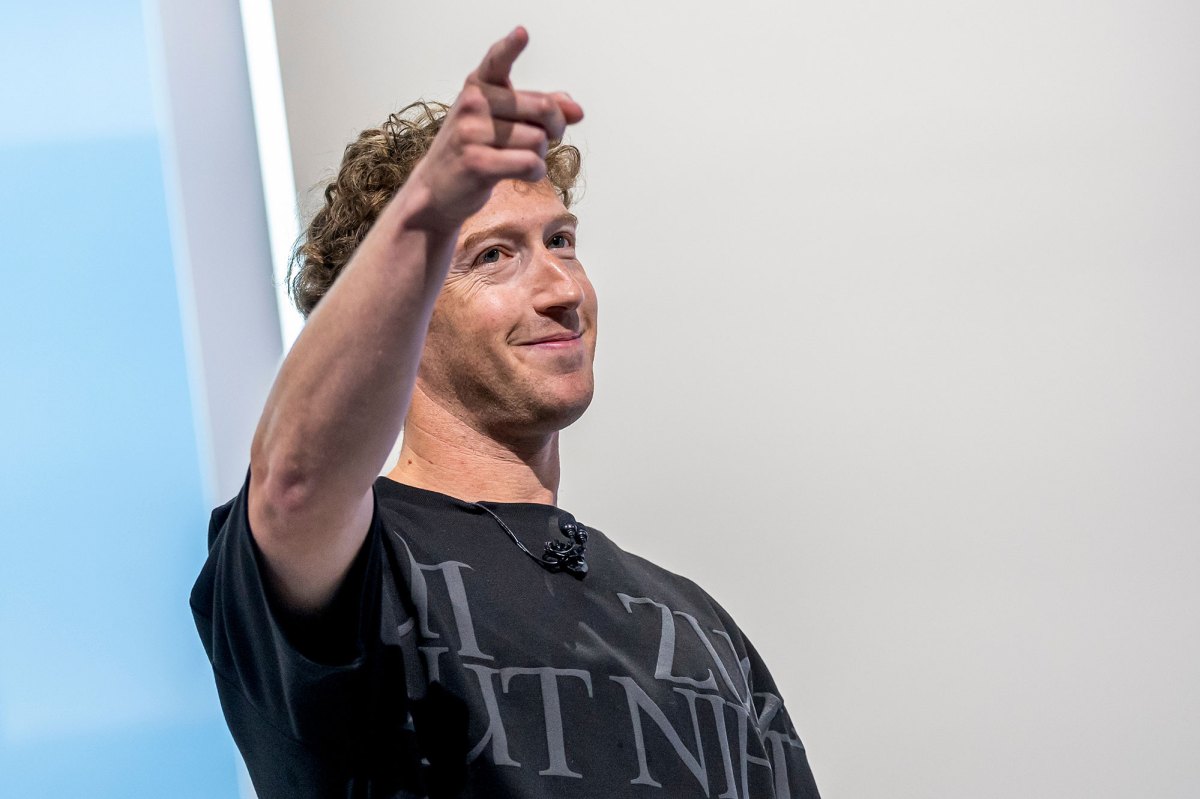
On TikTok, YouTube, X, and everywhere, "views" are just a meaningless number.
You might think that "seeing" refers to having observed something. However, that is not correct.
Visualizations are the most obvious indicator in the digital world. In practically real-time, we can see how many times content has been viewed on platforms like YouTube, Instagram, TikTok, Facebook, among others. X and Threads also track the views of each post. Often, it is thought that more views equate to more success, but this perception is misleading.
The reality is that views lack a universal meaning. Each platform defines what it considers a "view" according to its own rules, which generally do not reflect whether a user truly interacted with the content. This can be likened to passing by a television that is playing a movie in a store and considering oneself a viewer.
Various social media platforms have adopted definitions of views that allow for flexible interpretations. For example, on Instagram and TikTok, any video that starts playing is counted as a view, regardless of whether the user stops to watch it. On Facebook, a view is counted each time a video plays, as well as when photos and text appear on the screen. This is so confusing that the network offers alternative metrics, such as views of three and one minute, but these are not made public.
Since last year, Facebook has centralized its metrics into a single one: the views. According to its statement, a view is defined as the number of times the content appears on a user's screen. What was previously known as "impression" is now counted differently, leading to an elasticity in the interpretation of what constitutes a view.
This approach has permeated other platforms like X. Each time a post appears in the feed, it counts as a view. In the case of videos, if they are played for at least two seconds and half of the player is visible on the screen, it also counts as a view. These policies highlight that many companies choose this way of counting to show inflated figures, which can give creators the impression that there is more activity on the platform than there actually is.
The distortion of metrics is not limited to social media. For example, Netflix used to count a view only if a user had watched 70% of a program, but currently, only two minutes are needed for a view to be recorded. This decision is made not because it represents a considerable standard, but because it allows the view numbers to be higher.
Furthermore, many platforms prefer to keep their calculation methods secret. Although some, like Netflix, provide data on how views are registered, most choose to be opaque, allowing them to proclaim successes without offering details.
The conclusion is clear: most metrics on the internet are questionable and have turned the digital experience into a competition for inflated numbers, where ultimately, views often do not reflect the reality of engagement with the content. It is crucial to remember that these "views" are not always sincere indicators of real interaction and are rather illusions.



